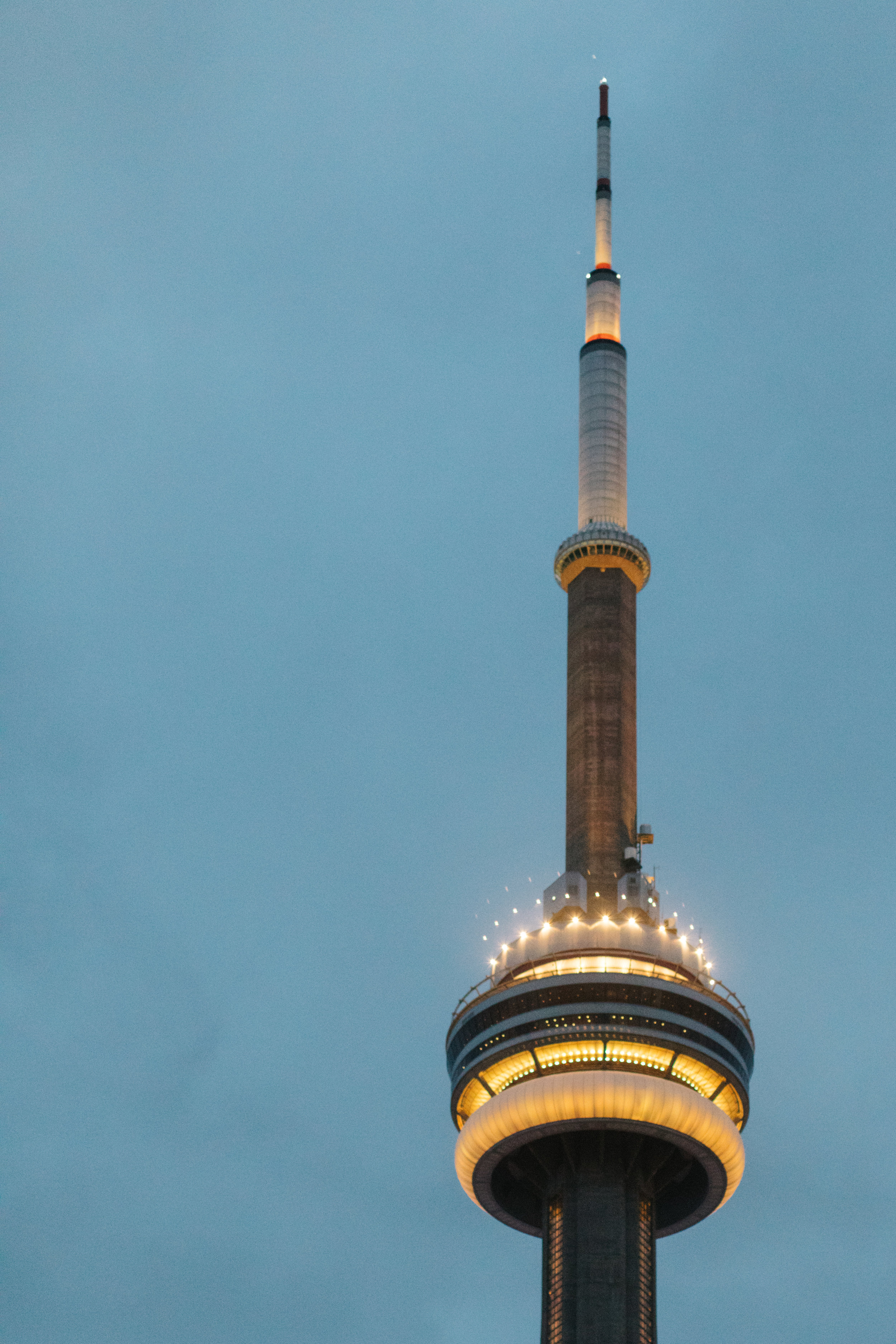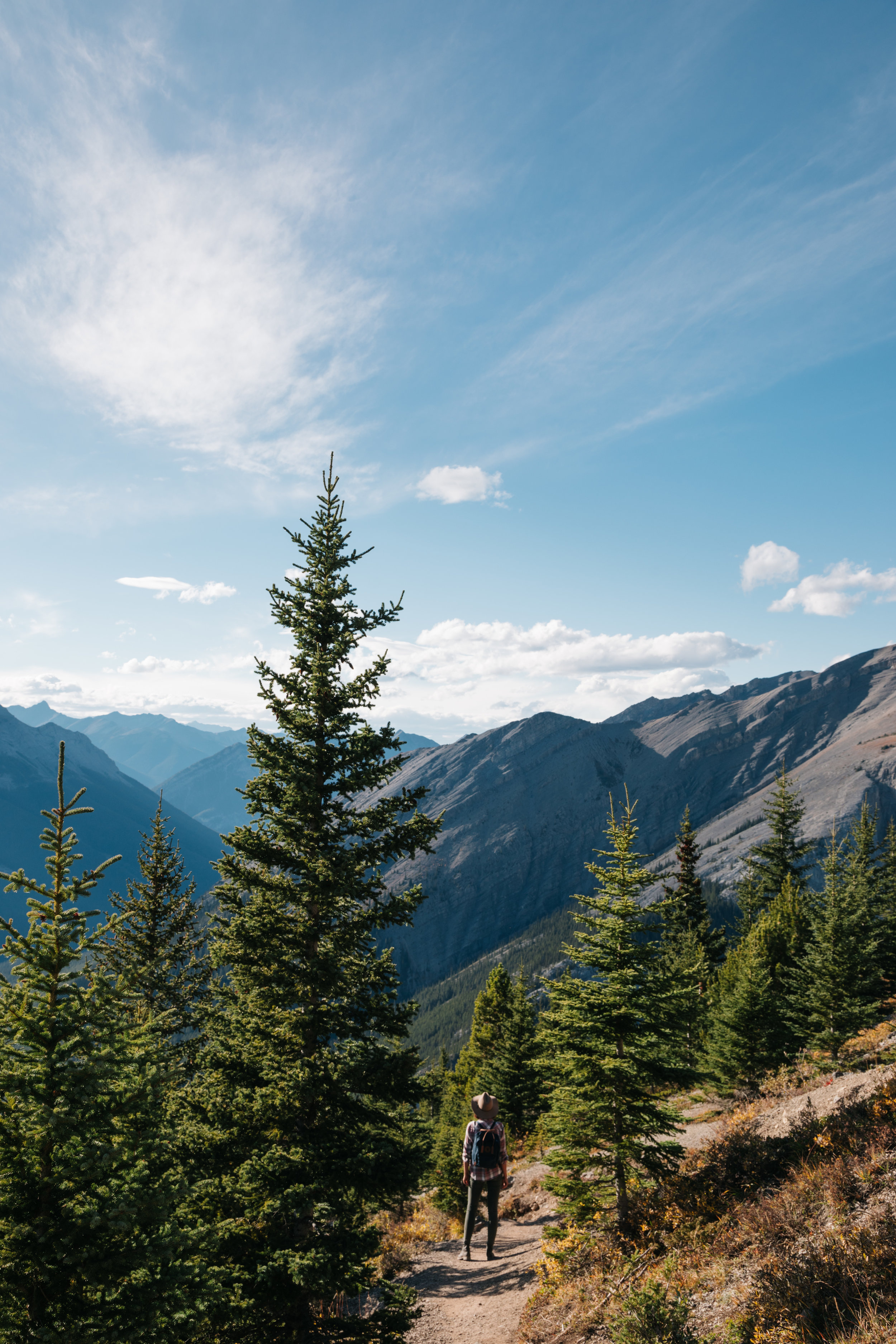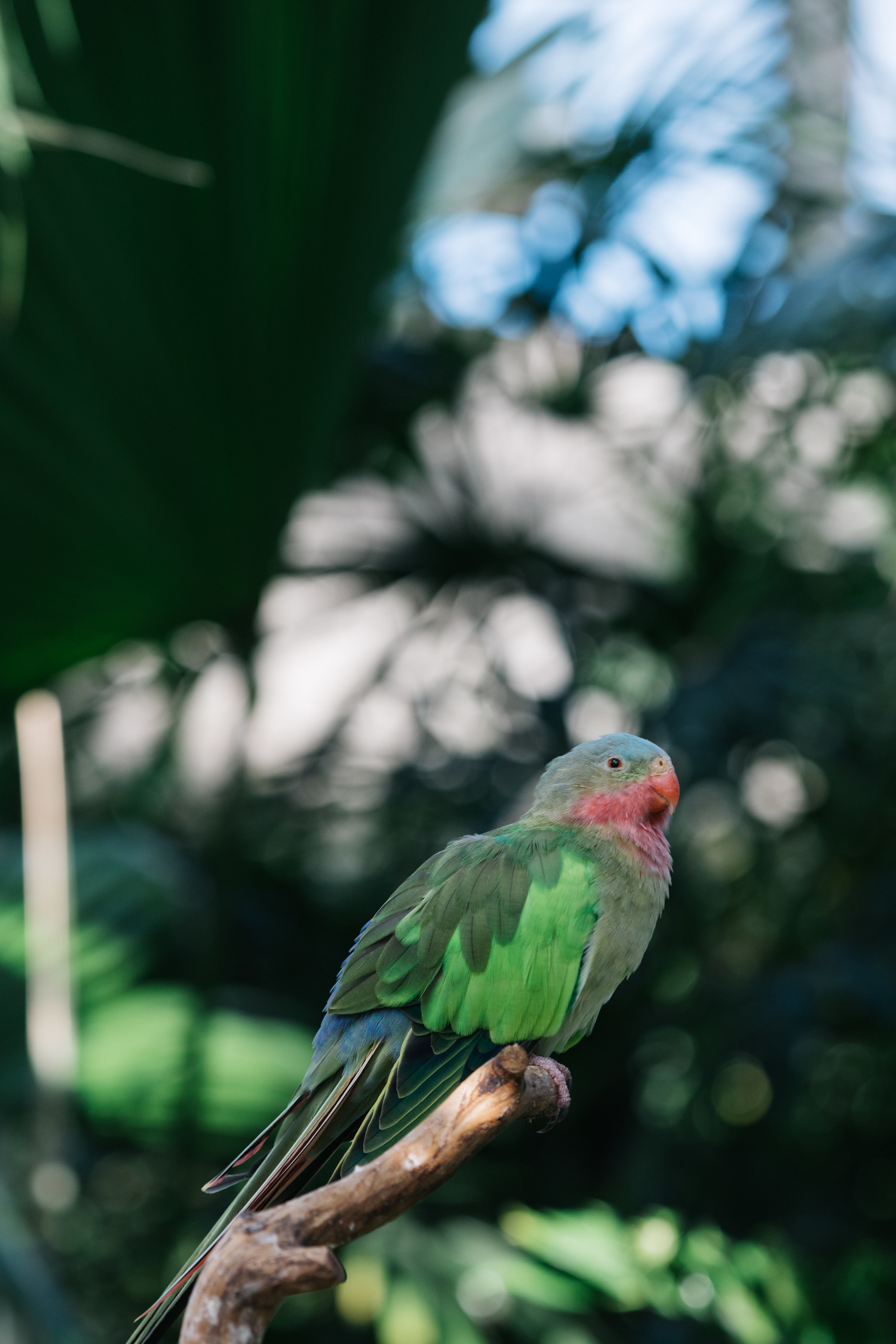Canon's 5D has been the most important camera series in my career and is the camera that captures the most award winning photos year after year. When the Mark I was first released, it's image quality redefined the price bracket. The 5D Mark IV enters a more crowded market than ever, but it's still the perfect camera to get my work done.
I'm not going try to be thorough here, that's what DPReview is for. I just want to talk about some details that stood out to me.
To give a little context, the majority of frames I shoot are with my wife for her lifestyle blog which is pretty much a full time job. We also shoot portraits and editorials for a few fashion and lifestyle magazines, and a couple weddings a year. And I don't get much rest - my other full time job is Head of Video at Stocksy United so I work with our members on video content and shoot freelance video as well.
I also recorded a two hour special edition of our podcast Cameras or Whatever with Jordan Drake of The Camera Store TV and Stocksy Content Manager Cameron Whitman. It goes even deeper than this review and I don't think you'll get the full perspective of my opinion without listening to it.
It’s Not a Video Camera
The Mark IV receives a bump to some of it video features, but with their feature choices Canon is telling us loud and clear that they believe a stills camera is not a video camera. In this way the 5D IV is following the path of the 1DX II and we really shouldn't be surprised.
For years, photography blogs were caught up in the megapixel race. Resolution was the only metric needed to measure the quality of a camera until we finally came to our senses around 20 megapixels and realized there is such thing as big enough.
Video specs have been going through their own arms race now and it led Canon to cram 4096px videos into a camera without properly supporting it. And why is it DCI 4K instead of UHD? This is only going to cause confusion.
Worse, is it's an old bloated codec for 4K, Motion JPEG, which will eat up a 64GB high speed compact flash card after only 20 minutes of recording. I could probably find a way to justify those inflated files if it meant that I enjoyed better image quality than in the competition, but by leaving out any sort of Log colour profiles all we have is some very sharp video with unacceptable levels of dynamic range. I would much rather a camera that only shoots 1080p but shoots in 10-bit 4:2:2 Log.
What's really strange is that they left out the seemingly simple feature of Log output (that might have given it a few more stops of dynamic range and competitive image quality) and instead gave us the oddball HDR mode. It does an impressive job of merging two exposures to recover the highlights without having that cringe inducing "HDR look" and at first glance might look like it makes this a viable video camera. What holds it back is that it creates some artifacting around the edges, especially with movement, and theonly works at 60 or 50 frames per second.
The detail the HDR mode recovers in the highlights makes the 5DmkIV video frustratingly close to good.
This hardware will give the clever hackers at Magic Lantern a lot to work with, and I expect this camera has massive potential that could be unlocked through firmware. They could have made this a much more useful, but made a choice not to.
Then of course there is the lack of focus peaking and zebras that are the final nails in the coffin of any cinematic 5D dreams. If your video needs are just shooting friends and family or to support journalistic stills with video, this is a great update if you’re happy to shoot in 1080p. If you’re making a short film, look elsewhere.
The Workhorse
The reason I preordered this camera without hesitation is because it checks off all the features I was looking for in an upgrade. This is not the line of cameras that I want to Canon to take big risks on and experiment with redefining what a camera can be. The 5D mkIV just needed some steady evolution to be the body professionals need. Mirrorless cameras are probably the future, but until they get there we need a mid size SLR we can trust.
I've been shooting with the Sony a7RII, a 42mp monster that has a more impressive spec sheet in almost every way than the 5D Mark IV, but I can never trust it in the same way. It's slow, it crashes, and no matter how great the sensor is, I can't count on it the same way as the Canon. The 5D controls let me take pick up the camera from my bag and dial in the photo I need in split second, and that's a priceless feature you won't see in the specs.
Speaking of controls, there is a new button just below the thumb dial that is really strange to me. Canon says it's to cycle through focus modes, but I already have a dedicated button for that right beside my shutter. The design of this new button looks cooler than it is practical.
My 5D Mark III went way beyond its shutter rating and with minor durability improvements Canon makes each time, I expect this camera to last.
Granville Street, Vancouver, BC
Canon 5D Mark IV w/ EF 24-105mm and Speedlight 600EX IIRT - 1/30 sec, f/4.0, ISO 800
Image Quality
When I first tested the Sony a7RII and that Canon 5D Mark III side by side I was actually shocked at the extra detail of the Sony. At 100%, using the same lens, it is really noticeably sharper. That's good to know next time I want to make a 10 foot print of a photo, but in my typical use of web and magazine use, it makes no difference.The sharpness 5D Mark IV doesn't jump out in the same way, at first glance the image looks very similar to the Mark III.
The dynamic range of the Mark IV gives much more room to bring out shadow detail in post - View full size (2.8 MB)
The real difference is how the noise behaves when you make exposure adjustments and how that effects the dynamic range of the image. This new generation of sensors allow the exposure of raw files to be brighter +3, +4 or even +5 stops while keeping the noise at acceptable levels. Now there is more incentive to underexpose photos shot in high contrast scenes and recover those details in post, effectively increasing the dynamic range. That's the kind of quality you can see in a photo at any size.
The bump to 30mp makes sense to keep Canon competitive, but personally I think the sweet spot for file size vs. resolution is around 25mp. I’m still glad Canon supports smaller raw sizes for shooting events, this has been one of my big complaints with the Sony.
The Details
Some of my favourite new features have been seen on so many other cameras that they may seem boring, but they make a huge difference to me. Built in wifi is something I use constantly with the a7RII and G7X to transfer photos to my phone, and sometimes would use those cameras entirely because of their wifi.
GPS doesn't have a real practical use, but it really scratches an obsessive itch I have give my images accurate metadata. I used to use iPhone apps to track my GPS, then sync it up later in Lightroom, but this is so much easier.
The new Auto ISO does some basic math to set a fast enough shutter speed based on your focal length. Bad shutter decisions by the camera have always kept me from using Auto ISO, but this looks like it could finally be a feature I use.
Adding USB 3.0 sounds pretty boring, but this might be a huge improvement for anyone shooting tethered. I've never been able tolerate how much it slows down shooting, so maybe this means it will finally be fast enough.
A step back is that the battery life has been slightly reduced in normal shoot circumstances, and noticeability reduced if you’re heavily using wifi and GPS. I haven’t run real tests on this so take it with a grain of salt. Canon say it’s a 5% drop when shooting through the viewfinder, but 50% better when using live view.
The touchscreen seemed like it might just be a gimmick, but after only one day of using it I was trying to touch all my other camera screens. it’s a faster way for menu changes and gives strangely satisfying feeling to hit play in videos.
I’m hesitant to count the lack of a fold out LCD screen against them, because the 5D screen as it is just feels right, but it is clearly the way of the future. Being able to shoot comfortably at waist height is something that can be useful every day and I hope they make that change next time.
The updated LCD looks amazing though. When I first turned the camera on I had a memory card from my Mark III inside, and it made those photos pop like they never did on the old camera.
Dual pixel raw still does seem like a gimmick, and after seeing everyone else’s tests I have been too disinterested to even try it. I have no doubt that multi-lens image adjustments with become an important part of photography in the near future, but Canon is still only darling with it at this point.
One subtle refinements I love is the new shutter sound. Canon has improved the motor control on their mirror and shutter mechanisms and when I first heard it I had to double check that I wasn’t on silent mode.
Focus
The a7RII first got my attention with it's promise of perfect focus accuracy. The problem with DSLRs like the 5D Mark III is that the autofocus sensor and image sensor are in different places, so the slightest misalignment between camera and lens causes shallow depth of field photos to be soft. In my old 5D, even with micro adjustments, this happened often enough that I gave up shooting below f/2.8 in most circumstances.
Sony solved this problem by measuring the focus on the image sensor, so there is no risk of misalignment. The 5D Mark IV now has the same ability with their new dual sensor focus in live view, and it is impressive. It focuses quickly and accurately even in low light and the touch screen is a great way to set your focus point. I instantly found it useful when I need to shoot over my head and could use the touch shutter to reliably get photos in focus I never could before. It’s a strange omission that you can’t set a focus point to shoot the way you normally would, you are almost forced to use the touch screen.
The live view accuracy is great, but the improvements to the standard autofocus system are much more important to me. One of the first shoots was at night for my wife’s blog AniaB.net, and even in the darkest conditions it was a clear improvement over the Mark III. I’ll need to spend a lot more time with it to find out if I can trust it a f/1.4 but so far it is a clear step forward.
Overall
The Canon 5D is a mature camera series that does not need to be reinvented with every update, and the 5D Mark IV keeps pace with the industry. Great dynamic range, improved focus, faster frames per second, and many little updates mean this camera has it where it counts. Sony is still nipping at their heels though, so with cameras like the A99II this may be the last generation of 5D that can be seen as an obvious choice for working professionals. Based on its headline features a lot of people won’t see this as an exciting camera, but to me it is an huge update to my most reliable tool.
Sample Image Gallery
Soon after getting the camera we had a photo jobs across Canada from Toronto, Banff and Vancouver. It gave us a huge range of ways to see what this camera can do, and I was especially curious to put it's limits of dynamic range with shadow recovery. All the images have been processed in Lightroom using VSCO Porta 400 and were mostly shot with the 24-105mm f/4.0 and 70-200mm f/2.8.
And if you missed it at the top, now would be a great time to listen to my podcast which goes into way more detail.

















